Subscribe to trusted local news
In a time of both misinformation and too much information, quality journalism is more crucial than ever. By subscribing, you can help us get the story right.
- Subscription costs less than £1 a week with an annual plan.
Already a subscriber? Log in here.
24
May
Opposing views: Should parts of the Stray and our parks be left to grown wild?

Following a campaign by green-minded residents in 2020, parts of Harrogate's Stray were spared the mower and left to grow wild, a practice that has been repeated every year since.
The "rewilded" fringes of the Stray divide opinion – ecologists tend to be for them, while some members of Harrogate in Bloom, for example, are vehemently against – so the council's decision to extend the practice to parts of the Valley Gardens this year will have met with mixed reactions.
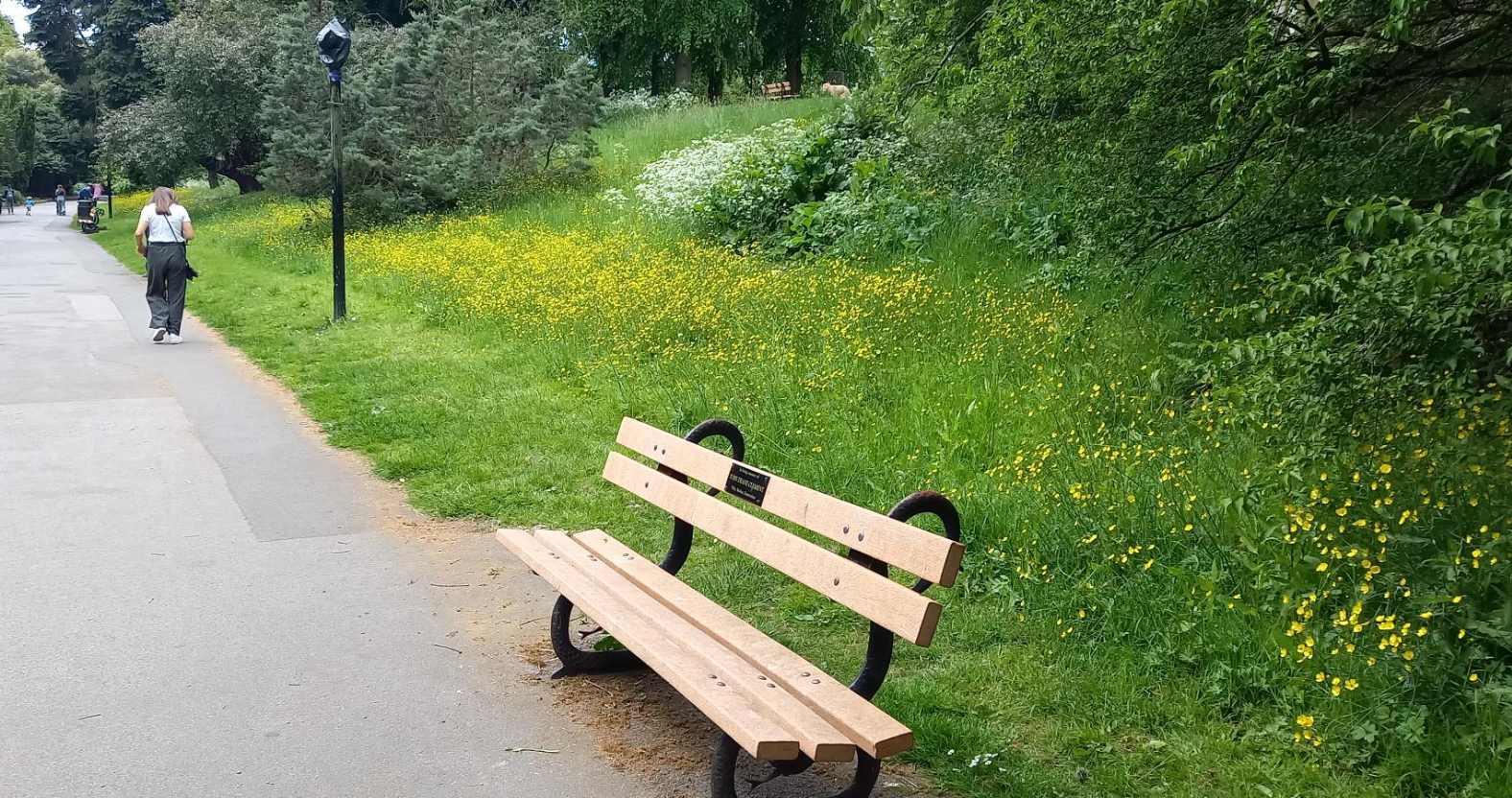
Wildflowers are growing in unmown parts of the Valley Gardens.
For some, the benefits of letting nature take its course – through rewilding and shorter-term measures, such as No Mow May – will be obvious, but for others, the drawbacks are all too apparent.
So for those in the middle, who are still not sure where they stand on the issue, we asked two people with strong views on the subject to share them with us.
Veteran campaigner Shan Oakes is a long-standing member of the Green Party. She represents the Scriven Park ward on Knaresborough Town Council and stood as the party's candidate for Harrogate and Knaresborough at the 2015 and 2024 general elections. She also successfully campaigned for parts of the Stray to be left unmown back in 2020.
Judy d'Arcy Thompson is chair of the Stray Defence Association, the organisation set up in 1933 to safeguard Harrogate's 200-acre common land from encroachment.

Left: Shan Oakes; right: Judy d'Arcy Thompson.
We asked them the question:
Should parts of the district's council-maintained public areas – the Stray, parks and gardens – be allowed to grow wild?
These are their answers.
For: Shan Oakes
What is ‘wild’? Wild is what nature does when left alone.
Regarding how we plan our parks and gardens, we need first to decide what our aims for those spaces are, before we intervene in nature. Thinking of the Valley Gardens as an example, I’d suggest that our aim in these stressful times is to have a beautiful accessible green place in which to breathe, relax, and walk and talk, to picnic, or just meander around.
So why would we want to deny nature her fantastic designs? Do we think we can do better? Left to her own devices, nature offers beauty at the same time as food and shelter for native creatures... so why do we ‘garden’ at all?
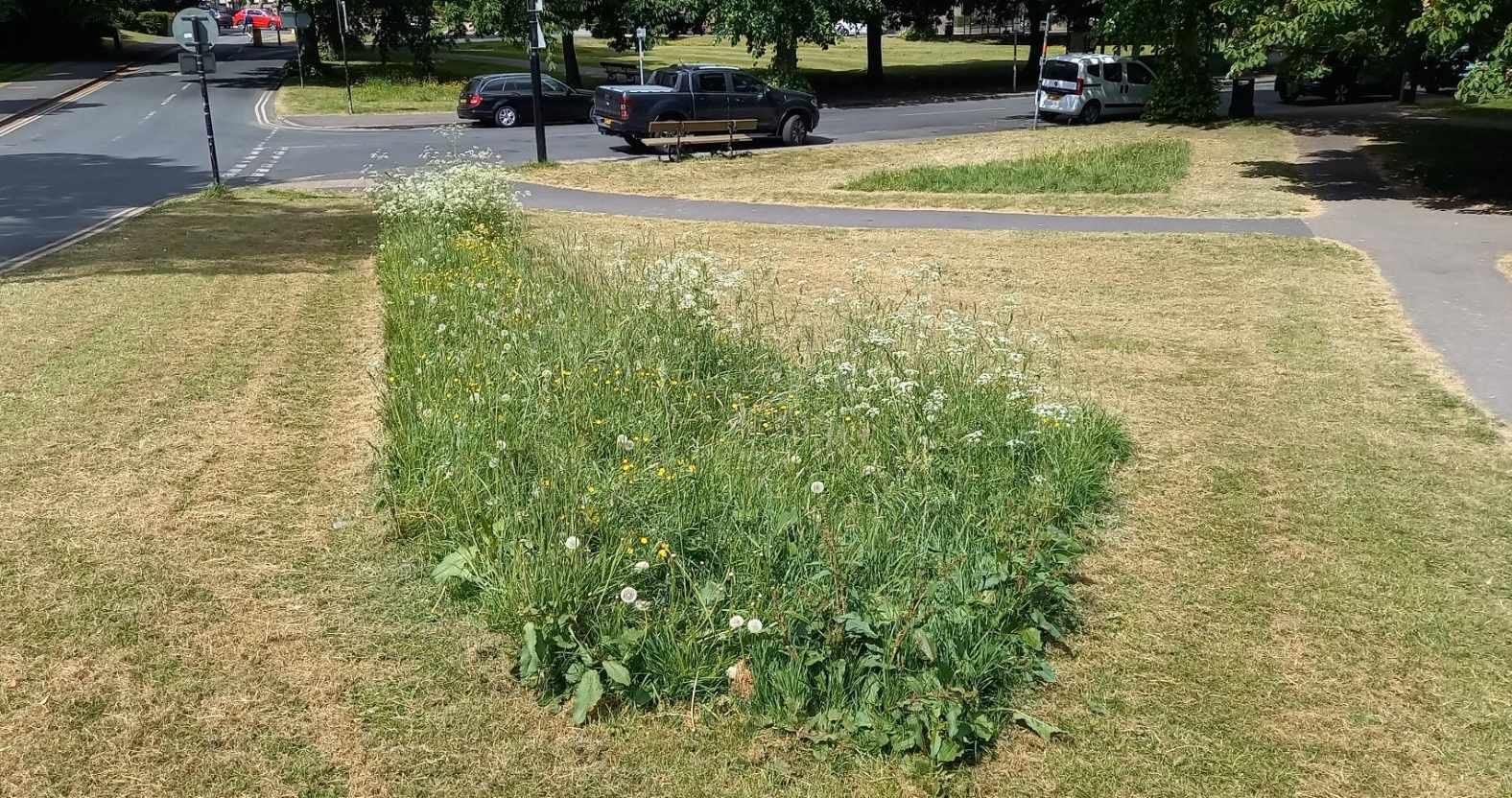
Some patches of wildflowers look like 'islands' of life surrounded by mown grass.
Humans have been intervening in nature for thousands of years, because we have learned to ‘improve’ on nature in terms of concentration of colour or size of edible plants to suit our own needs. What though, of the needs of other species? The more we alter things to suit humans, the more we interfere with nature’s slow evolution of beneficial relationships and interactions between myriad species of plants, fungi, insects and animals.
The serious plight of bees due to human reduction of their food sources (as well as use of poisons) is a well-known example. It really isn’t surprising that we are losing species at a terrifying rate when we are so anthropocentric in our management of land.
Therefore, I'd argue that we should be actively looking to see where we can redress this imbalance so that nature can flourish: we can work in partnership with nature, to help encourage biodiversity (and avoid ‘takeover’ by invasive plants), but let’s save the highly manicured and ‘tidy’ style of gardening for a few specific spaces. The ludicrousness of the recently-gravelled flowerbeds in Victoria Gardens is an example of the very opposite of what we should be doing!
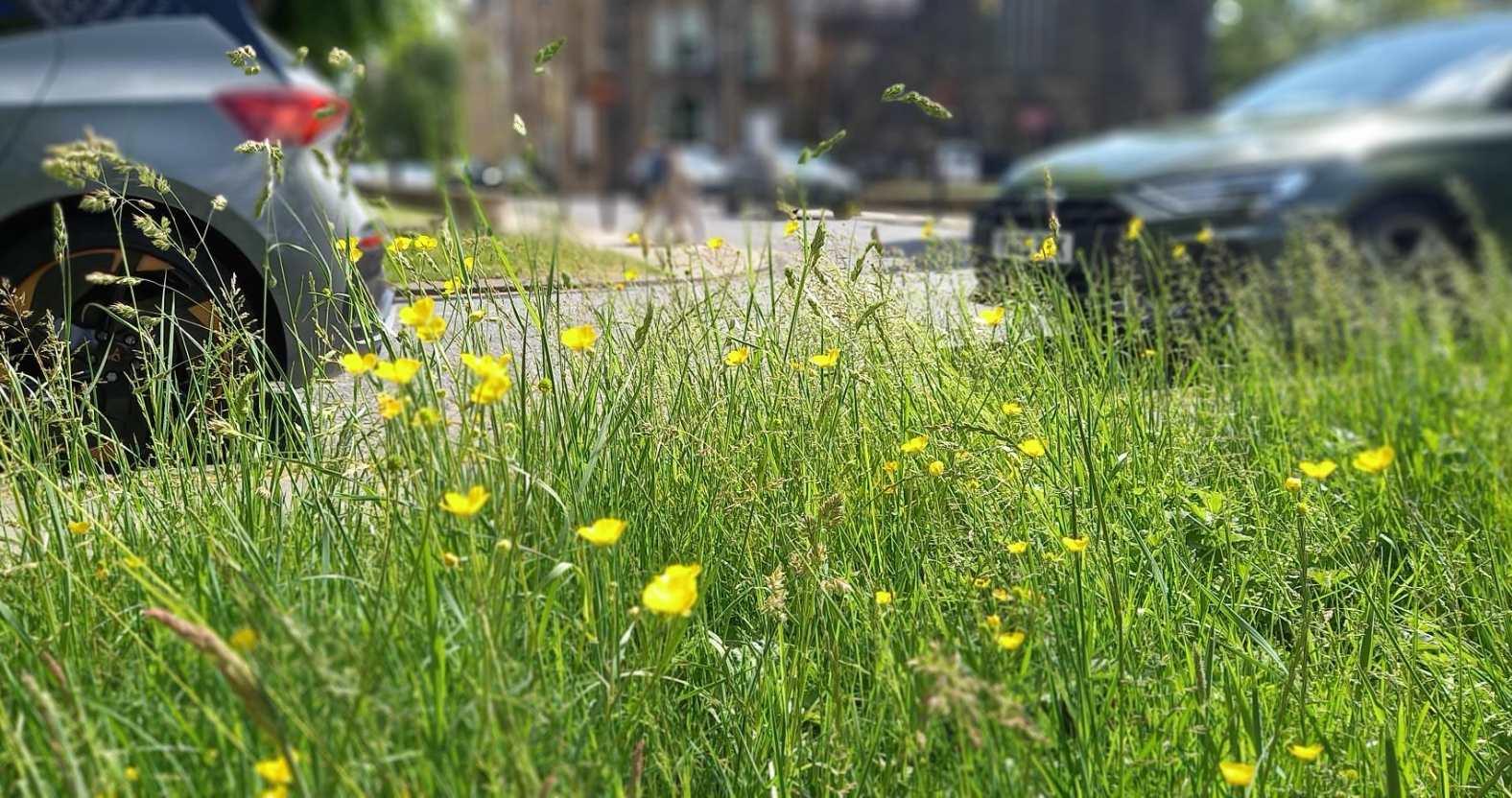
Some verges have been left to grow wild.
Regarding the Stray, I agree with George Eglese that there are certain parts where we should let nature take a lead, including liberating some of the water from its imprisonment in underground pipes to create more habitats.
The climate crisis is of course the other major factor which should also be taken into account when we think about how we can best enable nature – as in all our planning.
Against: Judy D'Arcy Thompson
Harrogate enjoys many glorious green areas, our unique and much loved Stray being amongst the largest. The Stray’s position in the heart of the town and elsewhere provides a contiguous green route for wildlife and humans from Harlow Carr’s gardens down through the Pinewoods and the Valley Gardens, onwards to Hookstone Woods the Great Yorkshire Showground and, via the verges of Stray land, out towards the very edges of Harrogate on every major road.
Importantly our Stray benefits us all as it is an established medical fact that exposure to open green spaces is wonderfully beneficial for mental and physical health and children given this opportunity show a significant reduction in behavioural and cognitive problems.
Perhaps because of its size and obvious presence it is also subject to onslaughts by those who would ‘wild’ it. ‘No Mow May’ being one. Ostensibly laudable but open to misinterpretation.
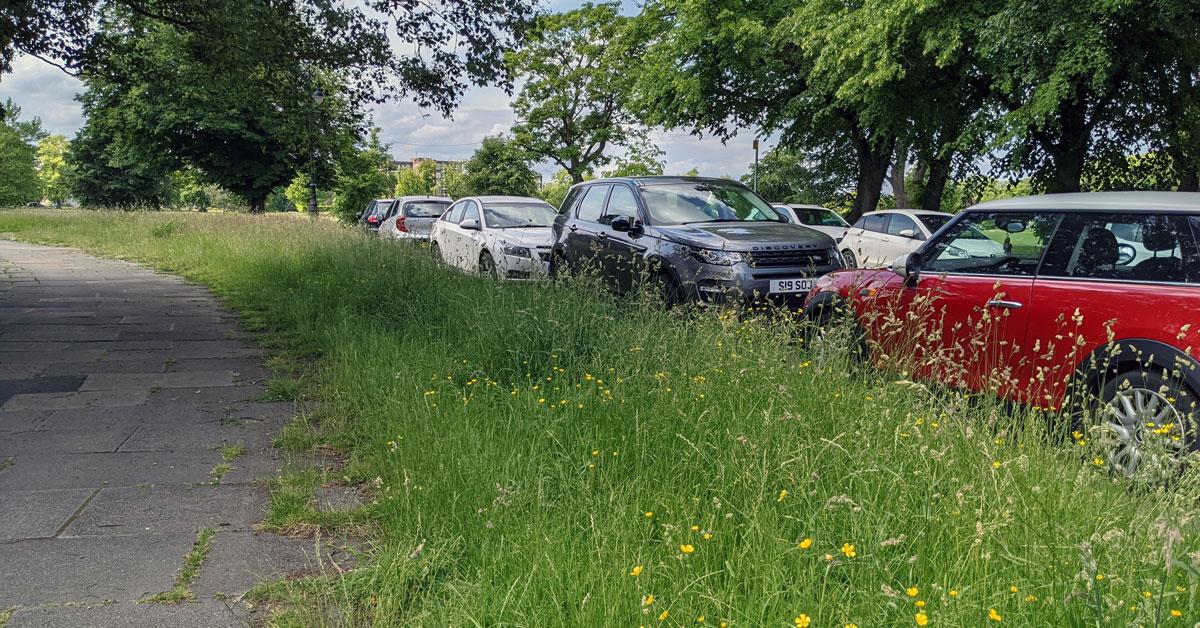
The grass verges are growing in Harrogate.
‘Rewilding’ is an emotive word. Who exactly prescribes what any given area’s ‘natural state’ was or should be? Surely it is ironic that the belief of the urban wilding movement considers nature must be ‘set aside’, ‘allocated’, to be ‘wild’?
It is an ecological fact that grassland cannot exist at all without mowing and/or grazing. Different mowing or grazing regimes create a diverse habitat potential. Meadows are important, but as one of a group of other habitats of equal importance for wildlife and diversity
Look closely at our Stray and, aside of its open green aspect and several thousand trees, it is home to shrubs, clover, daisies, buttercups, dandelions and many others. Mown grass is good for ants, ground-nesting solitary bees and fungi. Creatures such as birds and insects like butterflies and bees require resources from more than one habitat to shelter, nest and feed. No one type of habitat suits all wildlife.
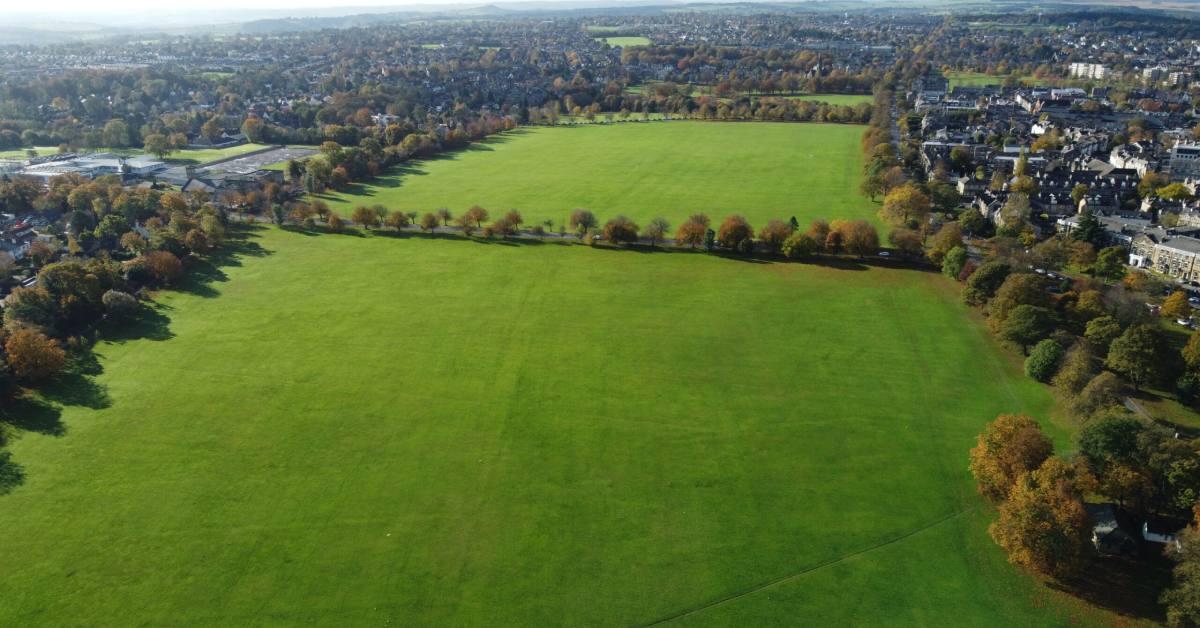
Photo: Darren Leeming
Why can’t a popular public space, our Stray, be considered a resource for many varieties of nature whilst being maintained? Would ‘wilding’ benefit those, from the very old to the very young – the walkers, joggers, runners, exercisers, yogis, sport players, picknickers, relaxers, readers and toddlers – who use the safe wide aspect of the Stray, currently happily sharing it with a plethora of plants, butterflies, bees, birds and small creatures?
As Alan Titchmarsh said at the beginning of May: "Mown grass is important for insects in particular, so if all you've got is long grass, it's a problem – you're depriving nature of food."
What do you think? Do you see eye to eye with Judy, or are you with Shan? Let us know what you think at letters@thestrayferret.co.uk.
1